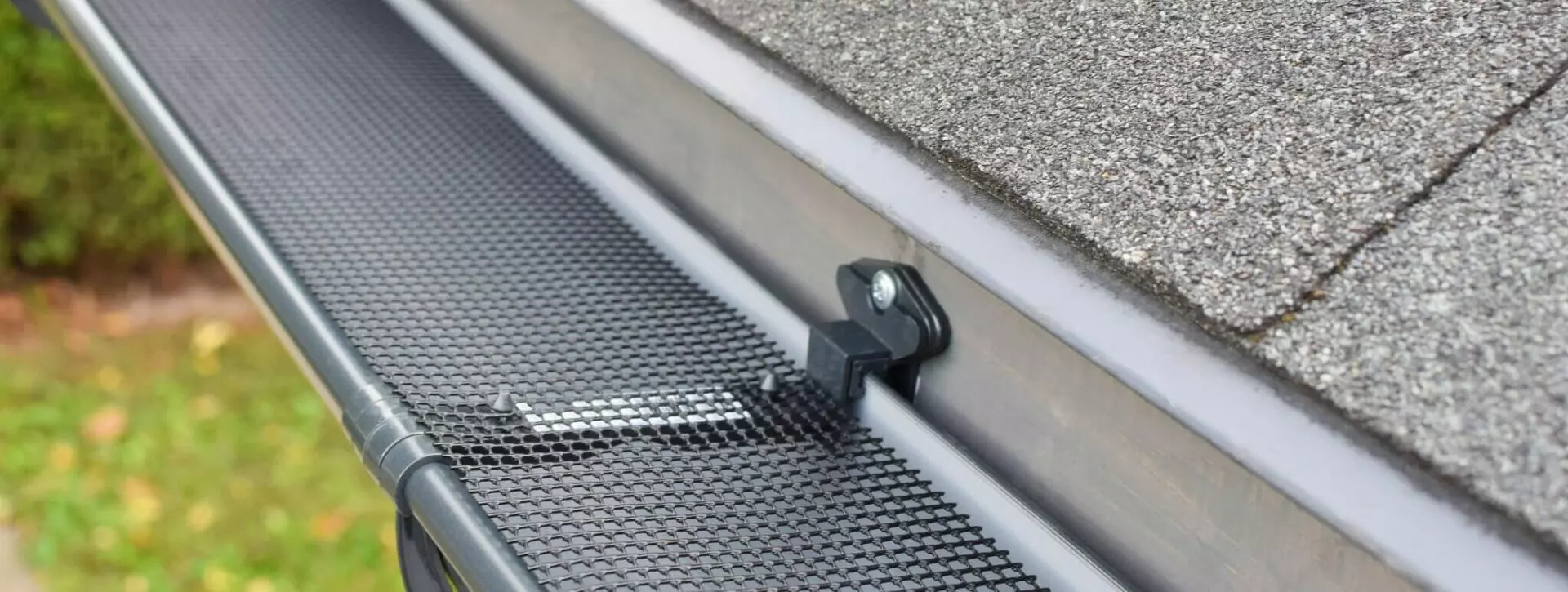Gutters are an essential part of any home, as they help redirect rainwater away from your property’s foundation. However, proper gutter installation requires more than just the right materials; it also entails using the right tools for the job. In this article, we will discuss everything you need to know about gutter installation tools, including their types, features, and benefits.
Types of Gutter Installation Tools
1. Gutter Hangers
Gutter hangers are used to attach gutters to a building’s fascia or roofline securely. They come in different forms, such as spike-and-ferrule, hidden hanger, and strap hanger. While spike-and-ferrule hangers are the most common type, they can cause damage to your roof over time due to water penetration. Hidden hangers, on the other hand, provide better support and are less visible but cost more.
2. Seamers
Seamers are used to join two pieces of gutter together along their length. There are several types of seamers available, including hand seamers, electric seamers, and hydraulic seamers. Hand seamers require manual operation and are best for small-scale projects, while electric and hydraulic seamers are ideal for larger installations.
3. Downspout Crimpers
Downspout crimpers are designed to create a crimp in downspouts’ ends so that they fit snugly into the next section of pipe. These tools come in handheld and stationary models and can be operated manually or with a hydraulic pump.
4. Gutter Scoops
Gutter scoops help remove debris from gutters quickly and efficiently. They come in various shapes and sizes but typically feature a curved design that fits inside the gutter channel easily.
5. Gutter Guards
Gutter guards are installed over existing gutters to prevent debris from entering the system. They come in several forms, including mesh screens, foam inserts, and perforated covers. While they can be effective at keeping gutters clean, they also require regular maintenance to ensure proper function.
Features of Gutter Installation Tools
1. Material
Gutter installation tools are typically made from metal or plastic materials. Metal tools are more durable and long-lasting but can be heavier and more challenging to maneuver. Plastic tools are lightweight and easy to handle but may not be as sturdy as metal ones.
2. Size
The size of gutter installation tools can vary depending on their intended use. For example, downspout crimpers may be smaller and easier to handle than gutter scoops, which require more significant coverage.
3. Ergonomics
Ergonomic features such as padded handles or curved designs can make gutter installation tools more comfortable to use for extended periods.
Benefits of Using Gutter Installation Tools
1. Time-Saving
Using the right gutter installation tools can save time and effort compared to manual methods.
2. Safety
Gutter installation tools provide a safer alternative to climbing ladders or working on roofs without proper equipment.
3. Efficiency
Using gutter installation tools improves the overall efficiency of installing gutters, resulting in better performance and longer service life.
Conclusion
In conclusion, choosing the right gutter installation tools is crucial for ensuring proper functioning gutters that protect your home’s foundation from water damage. Whether you’re a DIY enthusiast or a professional contractor, investing in quality gutter hangers, seamers, downspout crimpers, gutter scoops, and guards will pay off in the long run with improved efficiency, safety, and performance.
References:
– https://www.bhg.com/home-improvement/exteriors/gutters/gutter-installation-tools/
– https://www.thisoldhouse.com/gutters/21016723/how-to-install-gutters
– https://www.lowes.com/n/how-to/gutter-installation-tools-and-materials
Hyperlinks:
– https://en.wikipedia.org/wiki/Gutter_(roof)
– https://www.gutterhelmet.com/
– https://www.homedepot.com/b/Building-Materials-Roofing-Gutters-Gutter-Systems/N-5yc1vZar0k




